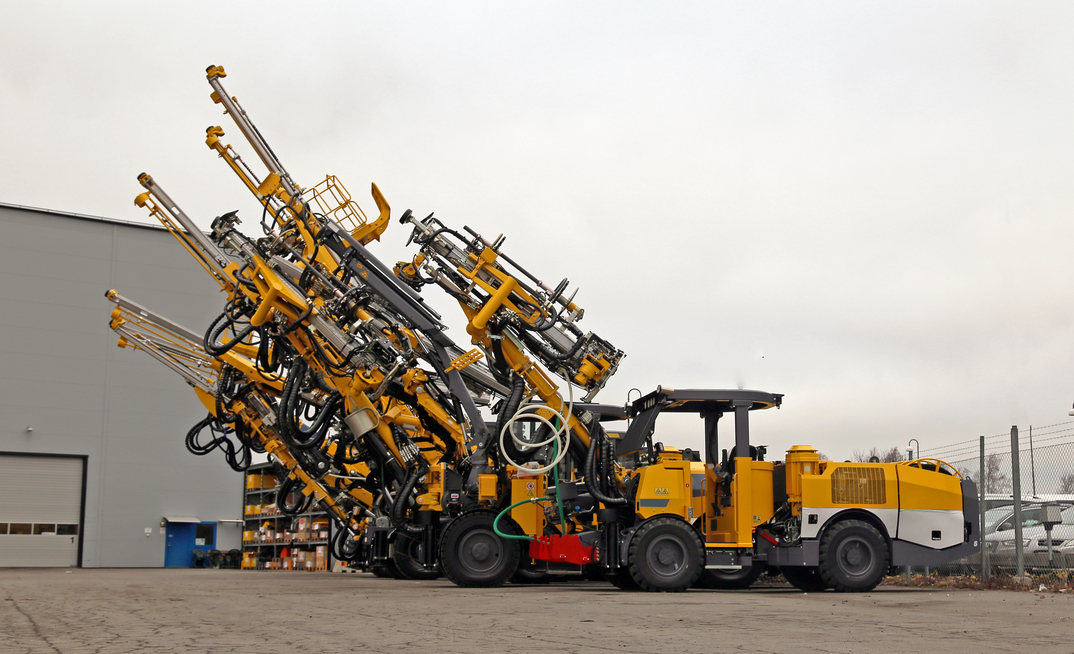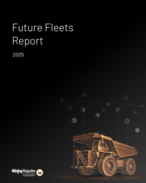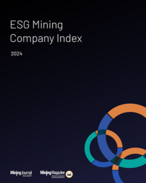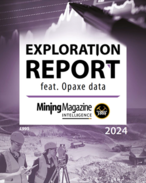Major manufacturer Epiroc released its 2024 annual and sustainability report yesterday, highlighting its work in emissions reduction, electrification, and automation.
The company reaffirmed its 2030 sustainability targets, which include halving greenhouse gas (GHG) emissions in operations, transport, and the use of sold products compared to 2019. While progress was made in several areas, the company is struggling to stay on track when it comes to reducing emissions from customer operations.
Efforts to cut emissions have yielded results in-house. According to the report, the company reduced CO2e emissions in its own operations by 47% compared to the base year of 2019. 59% of the energy used in its own operations now comes from renewable sources, up from 39% in the base year.
However, emissions from the use of sold products, which account for more than 80% of Epiroc's total footprint, proved harder to reduce. The report noted that these emissions actually increased by 1% in 2024 compared to 2023.
YOU MIGHT ALSO LIKE
Adjusted for new calculation methods, the figure would have shown a 6% decrease. The company said that global logistics constraints, geopolitical tensions, and strikes were behind these increased emissions, particularly from transportation.
Electrification and automation
42% of Epiroc's fleet is now available in an emissions-free version, an increase from 35% in 2021. The company said it aims to offer a full range of emissions-free products by 2025 for underground operations and by 2030 for surface operations.
The number of driverless machines in operation also increased by 21% in 2024, surpassing 3,450.
A development in this area was Epiroc's partnership with Boliden and ABB to deploy the first fully battery-electric trolley truck system in Sweden. "Once achieved, a result will be significant carbon emissions reductions compared with a mine using conventional technology, and it will be part of setting a standard for new mines," the company said.
Sustainability initiatives
Epiroc is facing a major hurdle in reducing emissions from the use phase of its products, also classified as scope 3 emissions. While the company has introduced energy-efficient engines and electric drivetrains—such as the Minetruck MT66 S eDrive, which reduces fuel consumption by 7%—a full transition is still challenging.
The company is pushing for wider adoption of Hydrotreated Vegetable Oil (HVO) and renewable diesel, which would drive down the scope 3 score of its products.
On the workforce side, Epiroc reported a reduction in its Total Recordable Injury Frequency Rate (TRIFR) from 6.0 in its base year to 4.3 in 2024. It also aims to double the number of women in operational roles by 2030. Women currently make up 14.5% of such positions, up from 11.2%.












